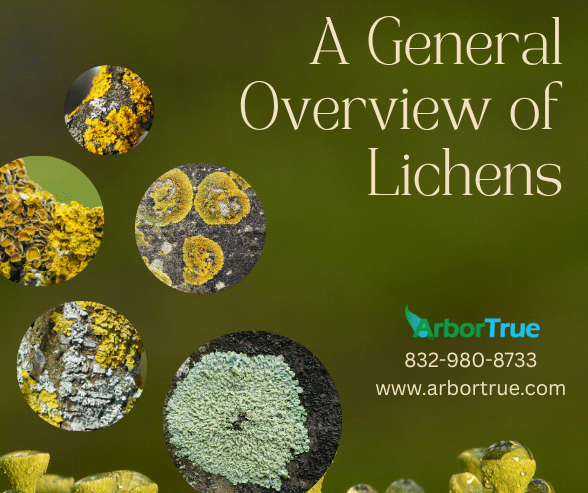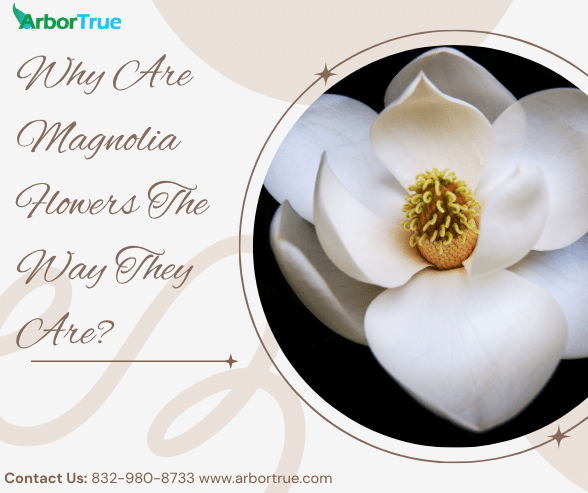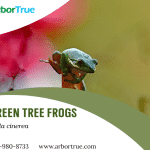
Green Tree Frogs (Hyla cinerea)
June 11, 2025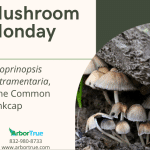
Mushroom Monday: Coprinopsis atramentaria, the Common Inkcap
June 16, 2025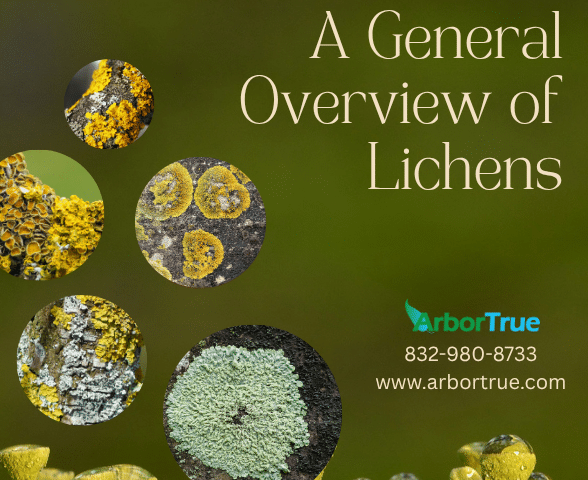
A General Overview of Lichens
What exactly is a lichen?
At first glance, lichens might look like mosses, molds, or even peeling paint. But a closer look reveals something far more complex. A lichen isn’t a single organism. It’s a partnership—a symbiotic relationship between a fungus and a photosynthetic partner, usually green algae or cyanobacteria.
The fungus provides the structure and protection, while the photosynthetic partner makes food through photosynthesis. This collaboration allows lichens to live in environments where neither partner could survive alone.
Where you can find them
Lichens grow in places you might not expect. You can find them on tree bark, soil, rocks, roofs, and even metal surfaces. They grow in deserts, rainforests, mountains, and along coastlines. Some live at high elevations or in polar regions where few other organisms can survive.
Lichens don’t need soil to grow, and they don’t take nutrients from the surfaces they live on. This is why they can thrive in such a wide range of habitats, often in extreme conditions.
What makes them different?
Lichens come in a wide variety of shapes, sizes, and colors. Some are leafy or shrubby, while others look crusty or powdery. They can be gray, green, yellow, orange, red, or even black. These differences are more than just cosmetic—they help scientists identify and classify lichens.
Importantly, lichens aren’t plants. They don’t have roots, stems, or leaves. They absorb water and nutrients from the air and rainfall, which makes them sensitive to pollution. In fact, their presence (or absence) is often used as an indicator of air quality.
Why lichens matter
Lichens play a vital role in many ecosystems. Some fix nitrogen, enriching the soil and helping plants grow. Others provide food and shelter for insects, birds, and small mammals. In forests, lichens help with moisture retention and contribute to nutrient cycling.
People have also found uses for lichens. In the past, they were used for dyes, medicines, and even perfumes. Today, scientists study lichens to monitor environmental health and better understand ecosystem change.
A closer look at a hidden world
Despite their importance, lichens are often overlooked. They grow slowly and don’t draw much attention. But take the time to look closely at a rock or a tree trunk, and you may discover a whole world of color and form that has been quietly thriving all along.
If you found this information about lichens helpful, check out our other posts on our TrueTreeTalk blog. Follow us on Facebook to keep up with these and other posts. Check out our list of blog posts grouped by topic for more to read. Also, follow us on LinkedIn for industry-related posts.
* * *
ArborTrue is a science-based tree service company in the greater Houston area. We also serve Austin and other parts of Central Texas. We provide a range of services including tree trimming, tree pruning, tree removal, tree planting, arborist consultations, and more. Call us today at 832-980-8733 (Houston) or at 512-546-3833 (Austin) or reach out to us online to schedule an appointment.

